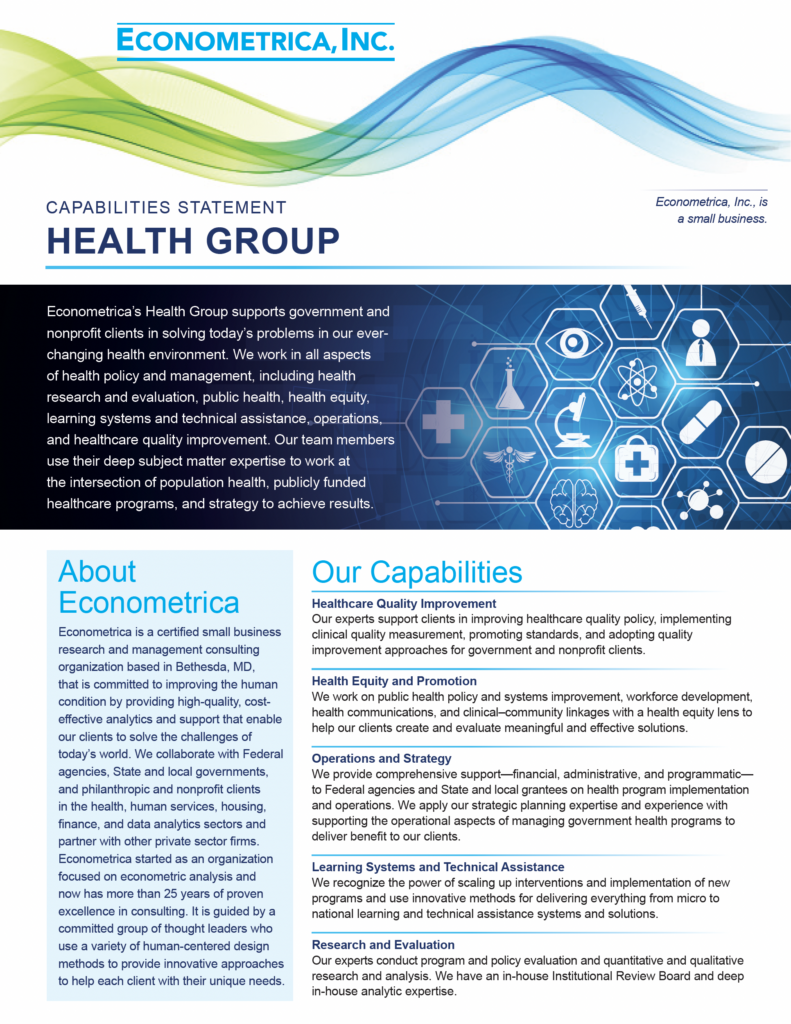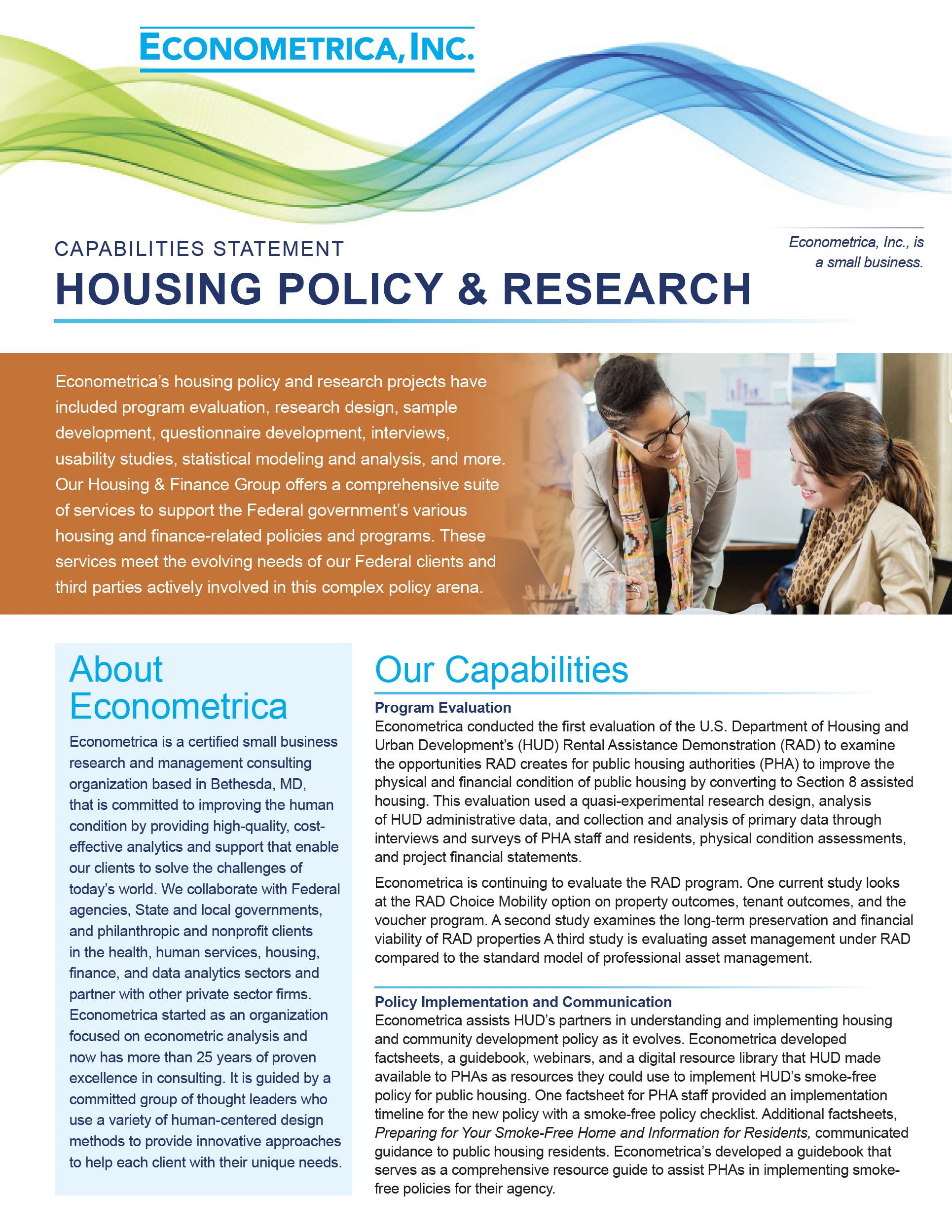The State Data Resource Center’s Recommendations to Support Vaccine Equity
As of April 26, 29 percent of the U.S. population is fully vaccinated. Vaccines are now available to all U.S. adults, and 2.6 million doses are being administered in the United States every day. As vaccination rates continue to increase, it is important that vaccine distribution is monitored to ensure that vulnerable populations are reached. Ensuring equitable access to the COVID-19 vaccine—recognized as a national priority by the Centers for Disease Control and Prevention (CDC) —requires that data are available and appropriately used to evaluate socioeconomic and demographic vaccine distribution trends.
Earlier this month, the State Data Resource Center (SDRC) released information to support states in identifying COVID-19 vaccination Medicare claims among their dually eligible beneficiaries. SDRC was established by the Centers for Medicare & Medicaid Services (CMS) in 2011 to help states obtain dually eligible beneficiary data. Econometrica supports CMS in providing resources to states to assist in requesting and using Medicare data files for care coordination and program integrity purposes.
The COVID-19 vaccine information was posted as an announcement on the SDRC website, developed and operated by Econometrica, and includes a recommended process for identifying COVID-19 vaccine claims in both the Coordination of Benefits Agreement (eCOBA) file and the monthly Parts A and B dataset. In both files, Healthcare Common Procedure Coding System (HCPCS) codes are used to identify COVID-19 vaccine claims. Pfizer, Moderna, AstraZeneca, and Johnson & Johnson each have their own assigned HCPCS codes with additional vaccine administration codes that specify whether the claim was the individual’s first or second dose.
In addition to identifying COVID-19 vaccine claims and ensuring each beneficiary received the appropriate number of doses, SDRC recommends that states link these claims to the beneficiary’s demographic information. In doing so, disparities in vaccine uptake across race/ethnicity, disability status, or geography can be evaluated and addressed.
The SDRC announcement highlights an important opportunity for state Medicaid agencies. Analyses, made possible through the use of SDRC data and the SDRC support team, can help to inform policy. By identifying any racial, ethnic, or socioeconomic disparities in access to COVID-19 vaccines, state policymakers can shift their distribution plans to ensure vaccines are available to vulnerable, dually eligible beneficiaries.








